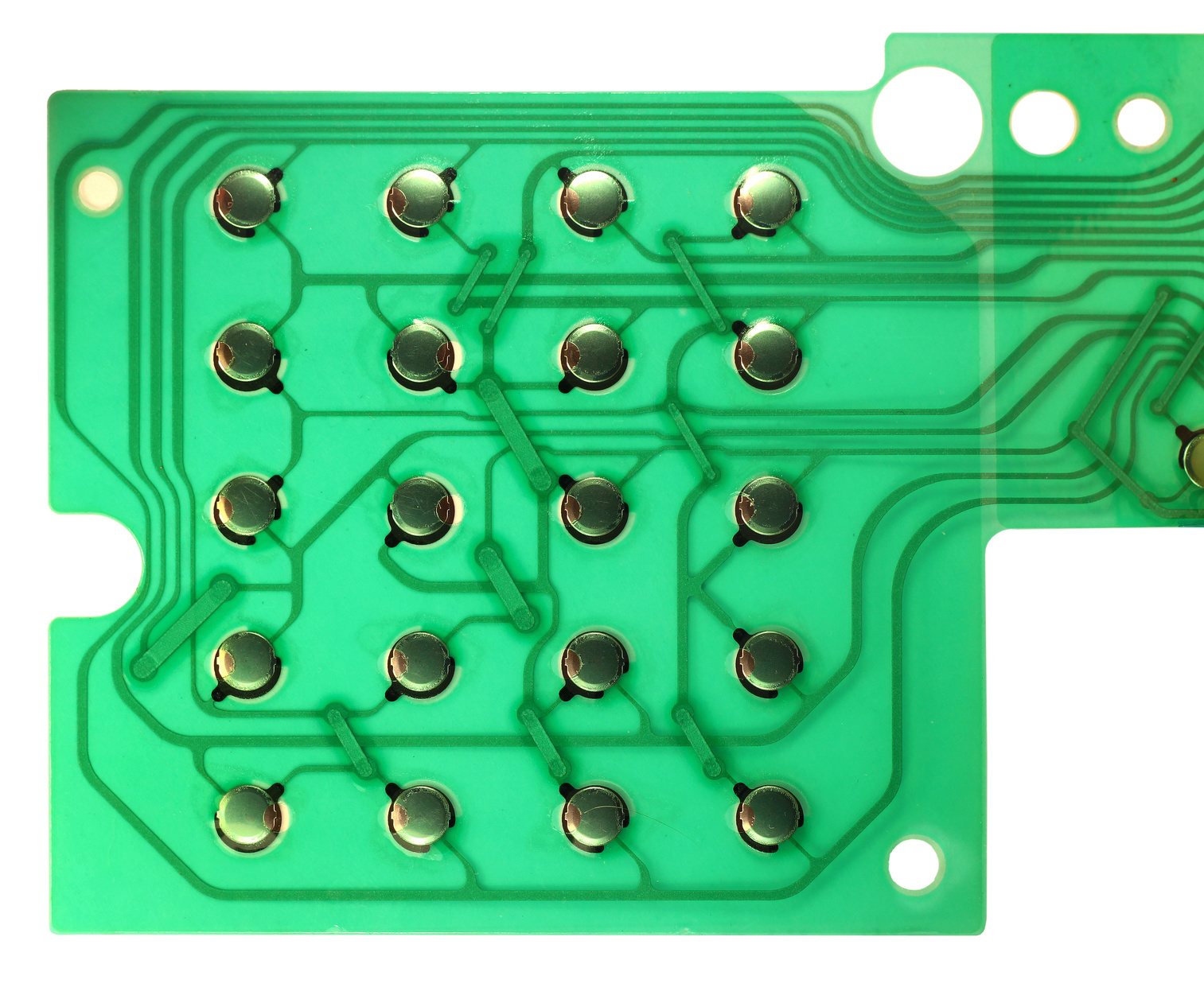Necessary Features to Seek When Selecting a Membrane Switch
Necessary Features to Seek When Selecting a Membrane Switch
Blog Article
Comprehending the Functionality of Membrane Layer Switches Over for Individual Interface Devices
The capability of membrane switches represents a considerable advancement in interface style, incorporating effectiveness with aesthetic versatility. These buttons operate through a multi-layered framework that translates customer communications into electrical signals, enabling both small layouts and strength against ecological aspects. As markets progressively focus on individual experience, understanding the nuances of membrane layer switch modern technology ends up being essential. What implications do these developments hold for future applications, and just how might they redefine individual communications throughout different devices?
What Are Membrane Buttons?
Membrane switches are innovative interface gadgets that facilitate user communication with electronic tools. These functional elements contain multiple layers, including a visuals overlay, spacer, and a printed circuit layer. The layout permits a smooth combination right into different digital devices, boosting both the visual and useful facets of customer interfaces.
Membrane layer buttons are commonly employed in a large range of applications, from home appliances to industrial equipment and clinical gadgets. Their building normally includes a thin profile, making them an optimal option for compact layouts. The responsive comments provided by these switches can be crafted to satisfy specific individual preferences, guaranteeing effective interaction in between the individual and the device.
Sturdiness is one more significant benefit of membrane layer buttons, as they are immune to dust, wetness, and chemicals, which improves their lifespan in demanding settings. Furthermore, these switches can be tailored in regards to shape, dimension, and visuals layout, enabling for branding and user-specific features. Overall, membrane switches represent a practical service for enhancing customer experience in digital tools, integrating functionality with aesthetic allure in an effective manner.
Just How Membrane Layer Changes Job
Operating on a straightforward concept, membrane switches over utilize a split construction to sign up user input successfully. Each switch contains numerous layers, including a published circuit layer, a spacer layer, and a top graphic layer, which are made to function with each other perfectly. When a customer presses the top layer, it compresses the spacer layer, bringing the conductive components of the circuit layer into call with each various other.
This get in touch with produces a shut circuit, signaling the tool to execute a certain feature. The design permits numerous configurations, including responsive responses, which can improve the customer experience by offering a physical feeling upon activation. The products used in membrane layer buttons frequently include versatile substratums, such as polyester or polycarbonate, which make certain sturdiness and durability versus wear and tear.

Key Advantages of Membrane Layer Switches

Another substantial advantage is their compactness. Membrane switches are slim and lightweight, which makes it possible for suppliers to save space in their tools without compromising capability. This function is particularly beneficial in applications where weight and quantity are vital factors to consider.
Additionally, membrane layer switches are immune to dust, moisture, and chemicals, boosting their toughness. This strength prolongs their life expectancy and reduces the requirement for regular substitutes, resulting in expense savings with time.
Furthermore, the tactile comments supplied by membrane layer buttons can be optimized to boost customer interaction. They can consist of features such as increased buttons or distinct clicks, boosting usability and individual experience.
Applications Across Industries
User interface devices making use of membrane layer buttons prevail in a vast selection of markets, showcasing their adaptability and capability. Membrane Switch. In the clinical industry, membrane switches are integral to tools such as diagnostic tools and person tracking systems, where their longevity and convenience of cleaning are important for maintaining hygiene standards. In the automotive sector, these buttons are utilized in dashboard controls and infotainment systems, providing a streamlined and modern interface for users.
Additionally, the customer electronics industry benefits from membrane layer switches in appliances and handheld devices, where compact design and easy to use user interfaces improve customer experience. Industrial applications additionally leverage membrane switches for control board try thisyou could look here in machinery and automation systems, highlighting their toughness and resistance to extreme atmospheres.
In the aerospace and protection markets, membrane layer buttons are utilized in cockpit controls and equipment, where dependability and efficiency under extreme conditions are paramount. In addition, the gaming sector increasingly integrates membrane layer buttons in controllers and game equipments, adding to an engaging customer experience. Generally, the flexibility of membrane switches allows their prevalent usage throughout many markets, underscoring their value in modern interface style.
Future Fads in Membrane Switch Technology

Furthermore, using advanced products, such as polycarbonate and polyester movies, is expected to increase, giving boosted sturdiness and resistance to environmental stress factors. These products contribute to the general durability of membrane layer buttons, making them ideal for harsher industrial applications.
Additionally, the incorporation of smart technology, including IoT connectivity, will make it possible for membrane switches to communicate with various other devices and systems, helping with a more interactive user experience. This trend aligns with the expanding need for wise devices across various fields, from health care to customer electronic devices.
Lastly, customization choices are prepared for to broaden, enabling makers to produce bespoke solutions customized to particular customer demands and choices. These advancements will certainly position membrane switches as necessary parts in the evolution of user interface modern technology.
Conclusion
To conclude, membrane switches stand for a crucial advancement in interface innovation, offering a trustworthy and flexible remedy for diverse electronic applications. Their split visit this site building facilitates portable design, while attributes such as tactile responses improve customer interaction. The sturdiness versus ecological variables further solidifies their utility across multiple sectors. As improvements in material science and touch sensing modern technologies continue, the functionality and applicability of membrane layer buttons are anticipated to broaden, enhancing their value in modern digital devices.
Report this page